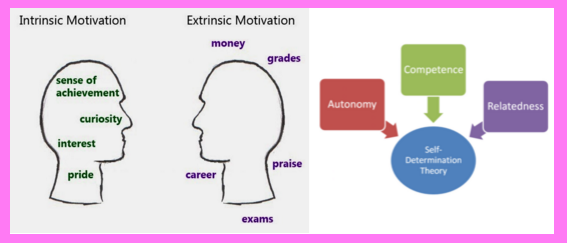
“Jane McGonigal: The Game That Can Give You 10 Extra Years of Life.” YouTube. YouTube. 13 Mar. 2016.
To learn more about Jane McGonigal, check out her interview here.
To play Jane McGonical’s Super Better game, try downloading the Super Better app.


Top 5 Deathbed Regrets:
- I wish I hadn’t worked so hard.
- I wish I’d stayed in better touch with my friends and family.
- I wish I’d let myself be happier.
- I wish I’d had the courage to express my true self.
- I wish I’d lived a life true to my dreams.
How Games Counter Deathbed Regrets:
- Games can help people stay connected and develop relationships
- East Carolina study showed that 30 minutes of playing online games per day did better than depression medications to improve mood
- Standford study showed that expressing selves through game avatars led to better attitudes – more optimism and courage
Jane’s Story:
- Suffered severe concussion
- Treatment reduced physical and intellectual stimuli to the point that she started having suicidal thoughts
- Invented a game to survive because games lead people to approach problems with more positivity and creativity
Jane’s Super Better Game:
- Adopt a secret identify. Example: Jane the Concussion Slayer
- Recruit allies – friends and family that helped her track and play the game
- Battle bad guys – actively reduce bad stimuli
- Collect power-ups – actively seek out positive stimuli
Effects of the Super Better Game
- Her depression disappeared
- She stopped suffering even though concussion symptoms persisted for 1 year
Why did this work? Post-Traumatic Growth. People who experience this say …
- My priorities are more aligned to my true happiness
- I am closer to my friends and family
- I understand myself better
- I have a new sense of purpose and meaning
- I am better able to focus on my goals and dreams
4 Ways to Experience Post-Traumatic Growth While Skipping the Trauma:
- Build physical resilience by staying active (not sitting still).
- Build mental resilience (will power) by tackling tiny challenges without giving up.
- Build emotional resilience (ability to feel positive emotions when needed). People who experience 3:1 positive to negative emotions ratio tend to improve their health and problem solving skills.
- Build social resilience (drawing strength from relationships) by expressing gratitude and through touch, shaking hands for 6 seconds increases oxytocin levels which is a brain chemical that helps one feel positive and trustful.

Learning how to use games to build ones’ physical, mental, emotional and social resilience can help one life more courageous and meaningful lives. Converting challenges into games can help one unleash hidden talents and skills. Teaching students skills for overcoming challenges can help them become more resilient learners. Playing the Super Better game to achieve one’s goals can help one become better at modeling skills that relate to agency.

Preparation Steps
- Identify a goal that is worth being Super Better at.
- Play the Super Better game to achieve that goal.
- Document Super Better game play. Use experiences to develop modeling skills and design agency lessons for students.
- Research and develop strategies and activities that relate to 4 resiliences listed above.
Early Implementation Steps
- Teach students lessons and run activities that build up 4 resiliences above.
- Use student reflections to see if activities are helping them build up skills related to agency.
Advanced Implementation Steps
- Teach students about the 4 types of resilience and have them research and develop classroom practices that build up these.
- Trial student strategies and use reflections to fine-tune these.













